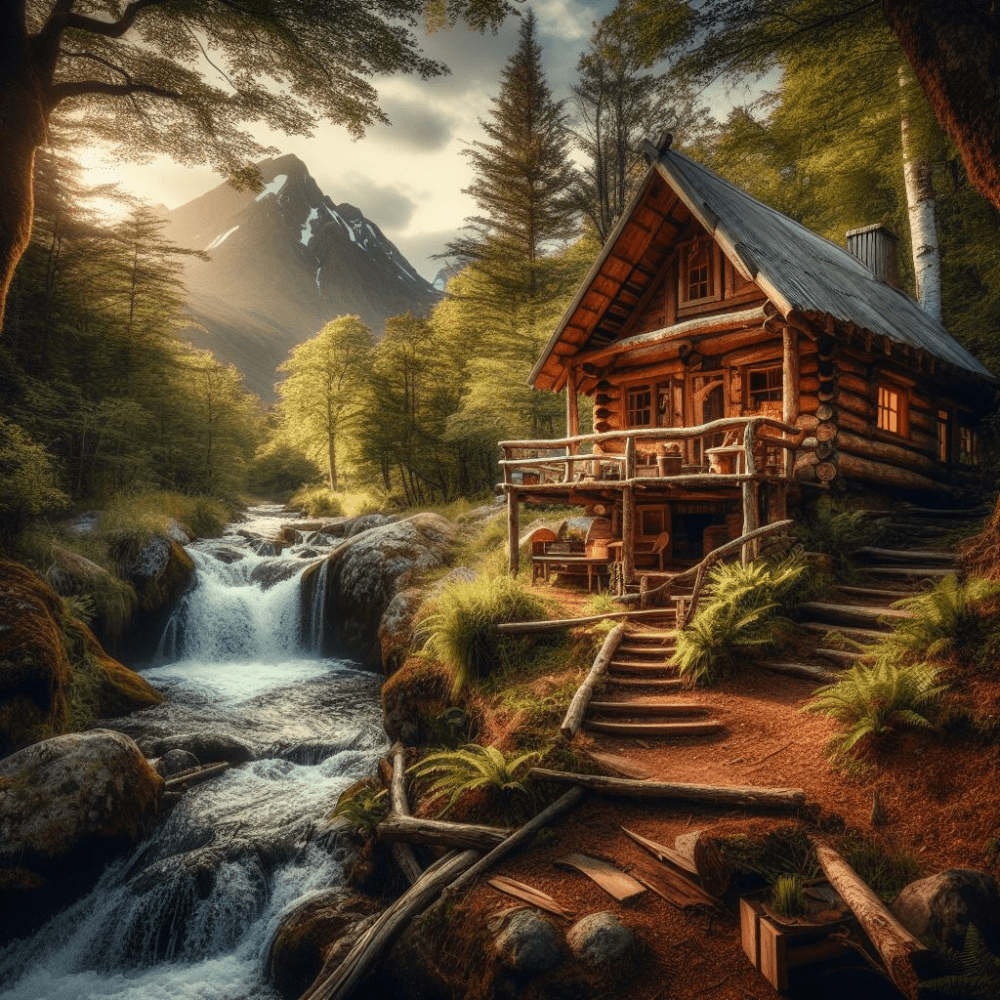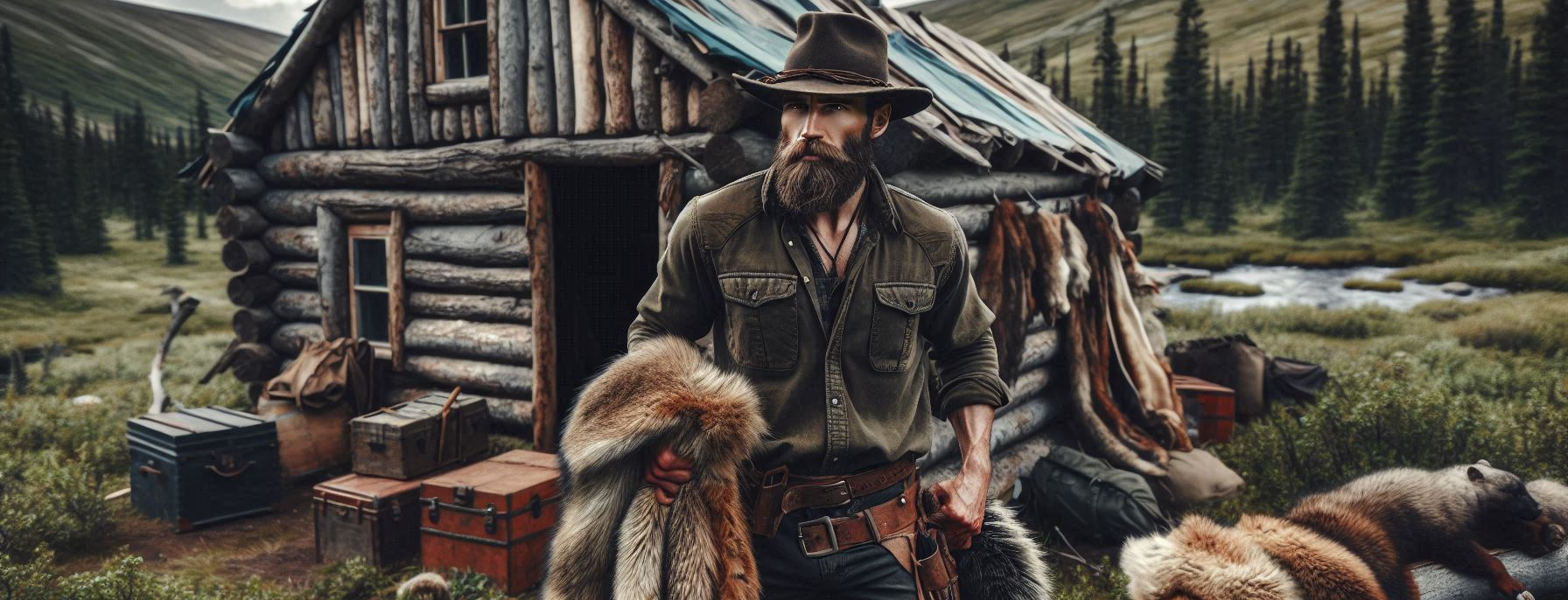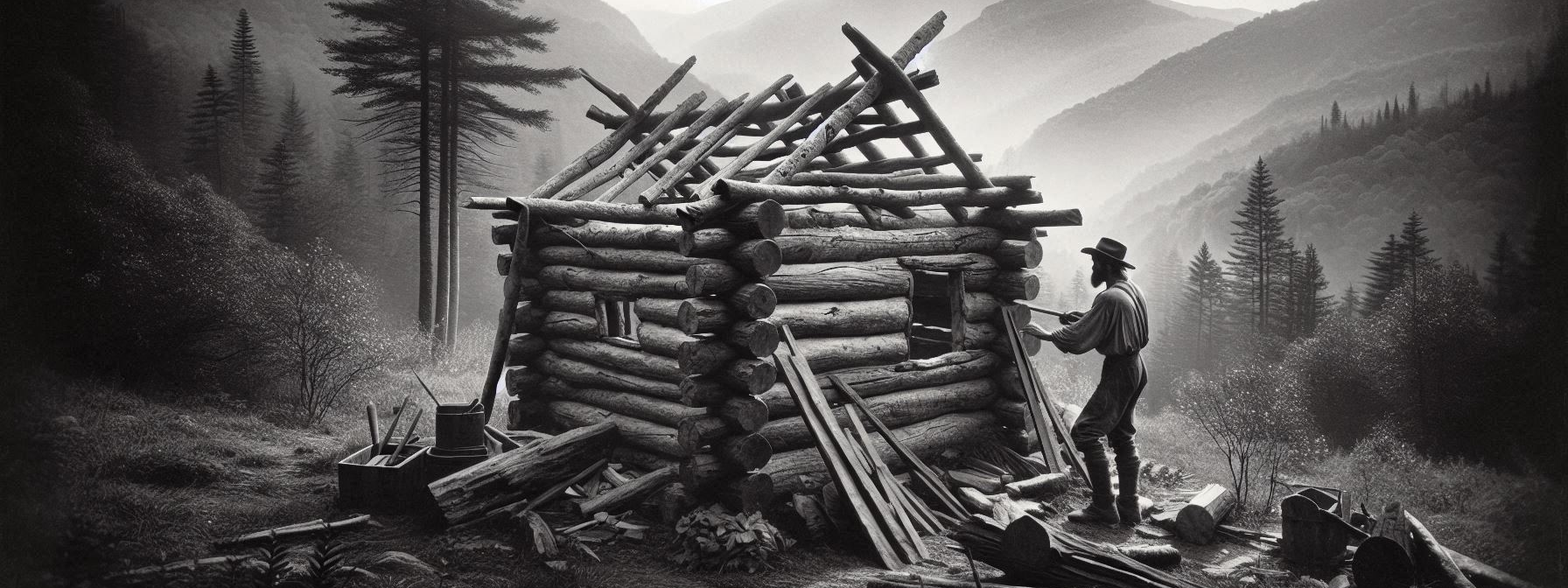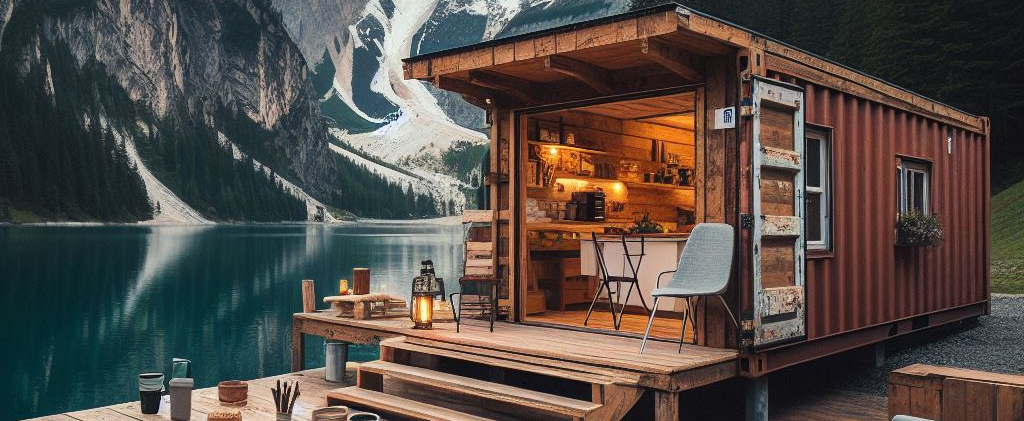The Lone Pioneer of the Wilderness
In the vast, untamed wilderness of North America during the 18th and 19th centuries, a rugged figure emerged who would come to symbolize the indomitable spirit of the frontier. The mountain man, often depicted with a weathered face and a rifle slung over his shoulder, was much more than a mere wanderer. He was a skilled trapper, a keen observer of nature, and a formidable survivor. This document delves into the rich history of the mountain man and the cabins that served as his sanctuary against the harsh elements of the wild.
Origins and Rise of the Mountain Man
The mountain man emerged as a distinct figure in the early 1800s, during the peak of the fur trade era. European demand for beaver pelts, which were used to make fashionable hats, drove many adventurers to the American West. These trappers, often working for companies like the American Fur Company or the Hudson’s Bay Company, ventured deep into uncharted territories, establishing trade routes and forging alliances with Native American tribes.

Famous mountain men such as Jim Bridger, Kit Carson, and Jedediah Smith became legends in their own time, known for their explorations and survival skills. These men were not only trappers but also explorers, cartographers, and guides who played crucial roles in westward expansion. Their knowledge of the land, its flora and fauna, and the indigenous peoples was unparalleled.
The Mountain Man’s Way of Life
Life for a mountain man was fraught with peril and hardship. They spent months at a time in the wilderness, often alone or in small groups. Their survival depended on their ability to hunt, trap, and fish, as well as their skill in building shelters. The mountain man’s cabin, though simple, was a vital lifeline in the wilderness.
The Cabin: A Shelter in the Wilderness
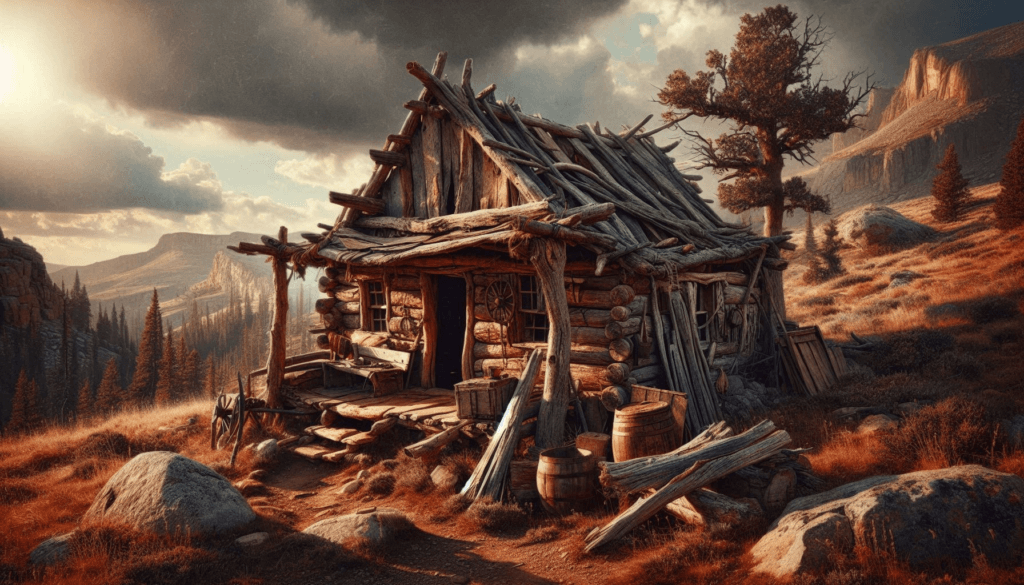
The mountain man’s cabin was typically a small, one-room structure, built from the readily available timber of the surrounding forest. Constructed with hand-hewn logs and chinked with mud or clay to seal the gaps, these cabins were designed to provide insulation against the bitter cold of winter and the sweltering heat of summer. The roof was often made of wooden shingles or bark, and a stone fireplace served as the primary source of heat and cooking.
These cabins, while rudimentary, were marvels of practicality and ingenuity. They were strategically located near water sources and in areas rich with game and fur-bearing animals. Inside, the cabin was sparsely furnished. A simple bed, a table, and a few chairs were often all that adorned the interior. Shelves and pegs on the walls held essential tools, weapons, and supplies.
The Role of the Cabin in the Mountain Man’s Life
For the mountain man, the cabin was more than just a shelter; it was a haven. After long months of trapping and exploring, the cabin provided a place to rest, repair equipment, and prepare for the next expedition. It was also a place of solitude and reflection, where the mountain man could recount his experiences, write in his journal, and plan future journeys.
The cabin also served as a trading post where mountain men could exchange furs for supplies. Rendezvous, annual gatherings held in various locations, allowed mountain men to socialize, trade, and replenish their stockpiles. These events were critical for maintaining the mountain man’s way of life and ensuring he had the resources needed for survival.
The Decline of the Mountain Man Era
The golden age of the mountain man began to wane in the mid-19th century. Several factors contributed to this decline. The depletion of beaver populations due to over-trapping made fur less lucrative. Additionally, the fashion trends in Europe shifted away from beaver hats to silk, further reducing the demand for pelts.
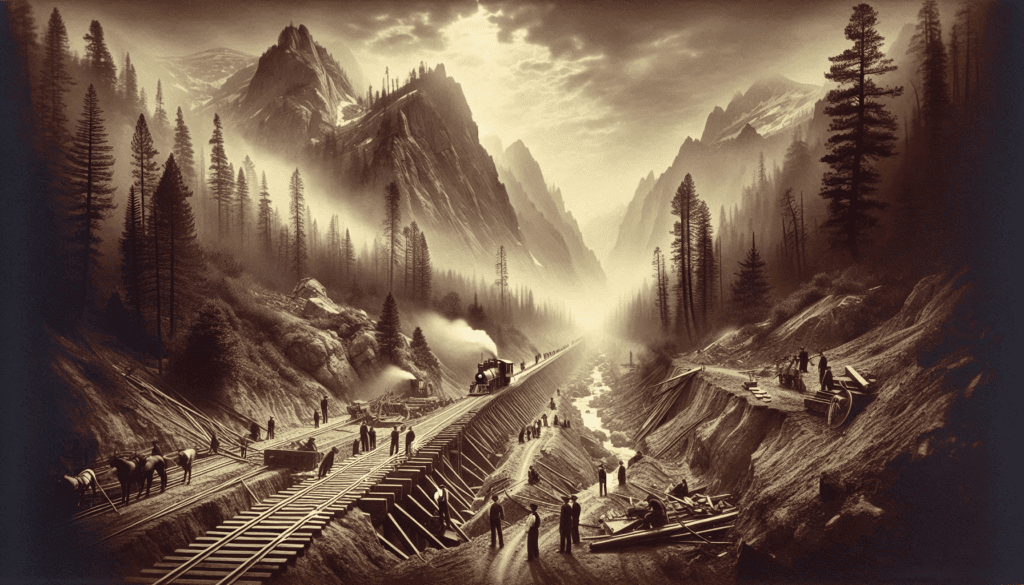
The westward expansion of settlers and the establishment of permanent towns and cities also encroached on the territories once dominated by mountain men. The construction of the transcontinental railroad and the advent of new technologies made the remote wilderness more accessible, diminishing the need for the services of mountain men as guides and explorers.
Despite the decline, the legacy of the mountain man endured. Their contributions to the mapping and exploration of the American West were invaluable. Many of the trails they blazed became the routes for pioneers moving westward, and their interactions with Native American tribes influenced the cultural landscape of the region.
The Modern-Day Legacy
Today, the image of the mountain man remains a powerful symbol of self-reliance, resilience, and adventure. Festivals, museums, and historical reenactments celebrate their contributions to American history. The mountain man’s cabin, with its rustic simplicity, continues to evoke a sense of nostalgia and admiration for a time when individuals forged their paths through sheer determination and grit.
In conclusion, the history of the mountain man and his cabin is a testament to the human spirit’s unyielding quest for freedom and discovery. These pioneers of the wilderness not only survived but thrived in one of the most challenging environments, leaving behind a legacy of courage and ingenuity that continues to inspire generations.
